Description
10mm Plastic fluorometer Cuvette 100PCS. The material for the Cuvette is plastic. Quartz and glass cuvettes are used when organic solvents are involved, which have higher resistance compared to plastic types. In general, quartz and glass cuvettes display greater transparency and accuracy of measurement, and they can be re-used many times over plastic cuvettes.
- Model Number: 3.5ml
- Classification: Test Tube




MATERIAL INTRODUCTION

Density:1.05g/cm³
Conductivity:(σ)10-16S/m
Thermal conductivity:0.08
Young’s modulus:(E)3000-3600MPa
Tensile strength:(σt)46-60MPa
Stretch length:3-4%
Charpy impact test:2-5kJ/m2
Glass transition temperature:80-100℃
Coefficient of thermal expansion:(α)8×10-5/K
Heat capacity:(c)1.3kJ/(kg·K)
Water absorption rate:(ASTM)0.03-0.1
Degradation:280℃
ATTENTION To The Use Of Cuvette
Cuvette, generally rectangular,
is made of frosted glass at the bottom and on two sides
(except fluorescence cuvette that light can penetrate four sides)
while the other two sides are light.
 When taking cuvette, you can only use your fingers to contact both sides of the frosted glass or edge to avoid contact with the optical surface.
When taking cuvette, you can only use your fingers to contact both sides of the frosted glass or edge to avoid contact with the optical surface.
At the same time, be careful not to take too much power to prevent the breakage of cuvette.
 Any solution containing corrosiveglass should not be placed in cuvette for a long time.
Any solution containing corrosiveglass should not be placed in cuvette for a long time.

The light translucent surface of a cuvette shall not be contacted with the hard or the dirty. When the solution is filled, the height is at the 2/3 of the cuvette.
The optical surface, if there is a residual liquid, can be sored gently with a filter paper and then wiped with a lens paper or silk.

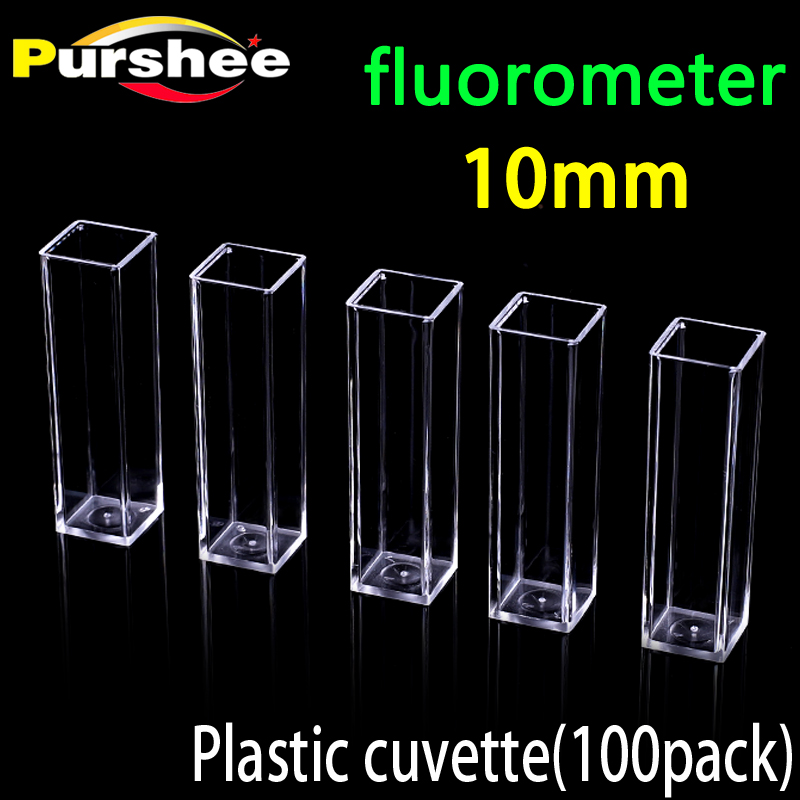
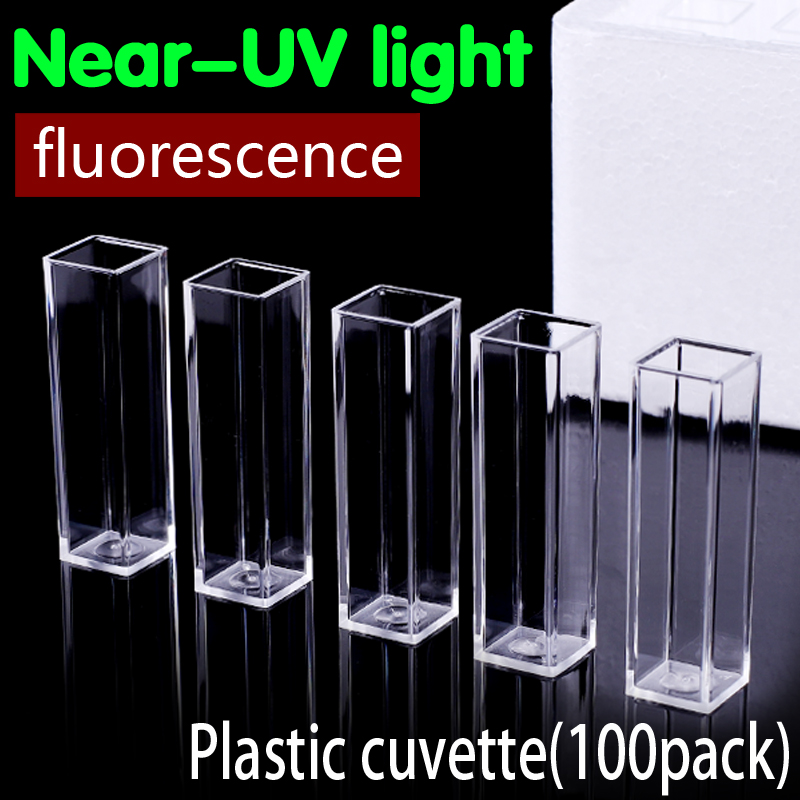

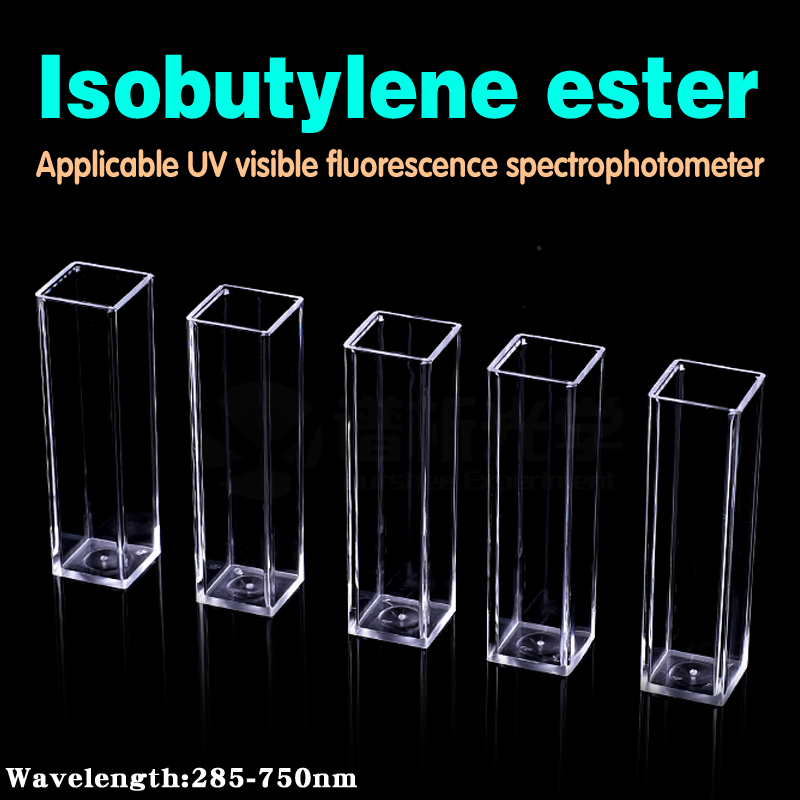

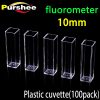
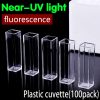
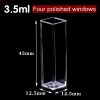
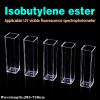

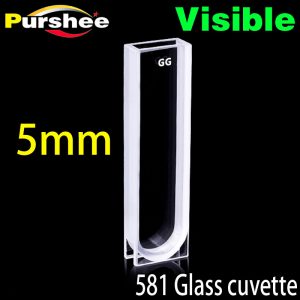
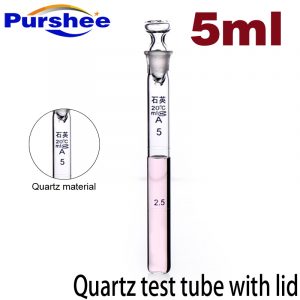
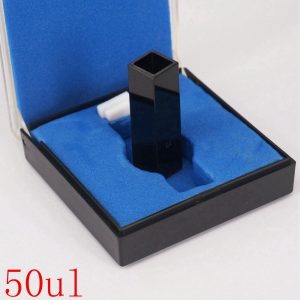
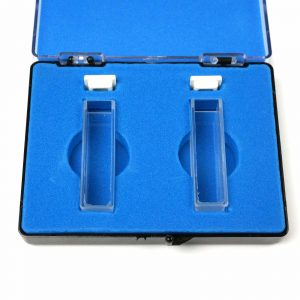
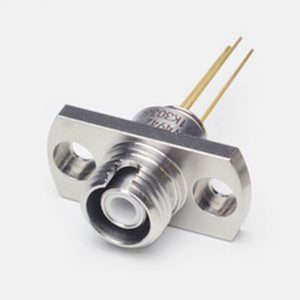
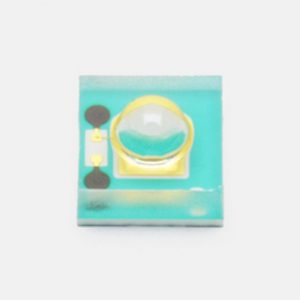
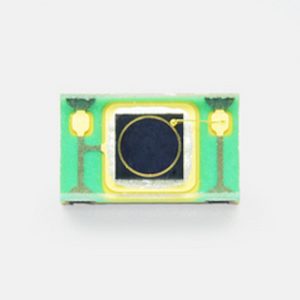



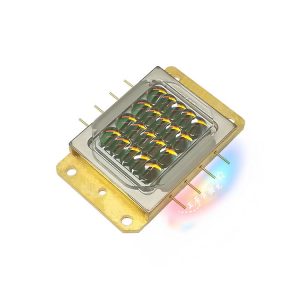 NUBM31T 455nm 450nm 95W blue laser Array Bank / 20pcs 450nm 4.75W diodes
NUBM31T 455nm 450nm 95W blue laser Array Bank / 20pcs 450nm 4.75W diodes
Reviews
There are no reviews yet.